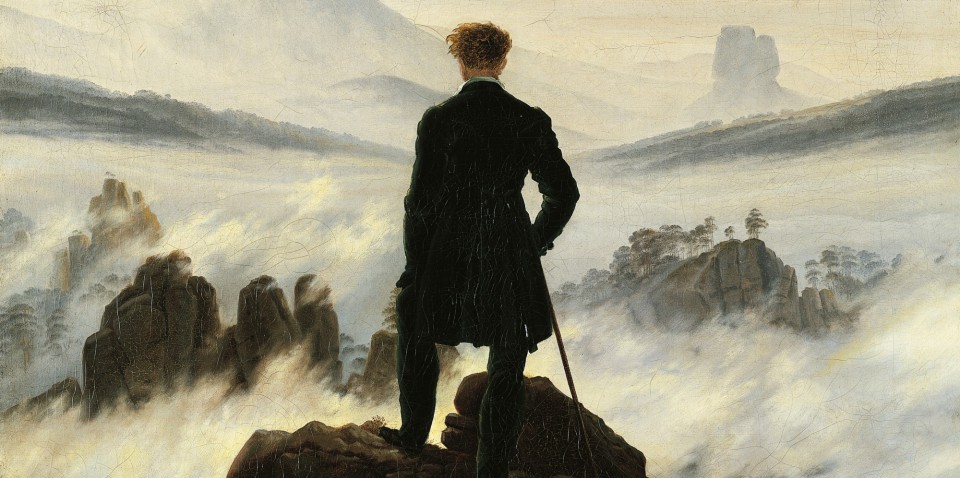Tags
Whether you like them or not, “selfies” are rapidly becoming an element of everyday culture. Like Binge drinking, dub step and Justin Bieber; selfies have become an ugly element of society that people just can’t get enough of. However, when a line is crossed between pop-culture and high culture, things start to get interesting. What I am referring to is the perennial question encompassing the development of the selfie revolution…
“Can a self portrait taken with a smartphone be art? ( A question asked in tutorial)”
I believe that there is no true, or singular answer to this question, due to its highly subjective nature. Nevertheless, certain individuals have attempted to research and evaluate the selfie, enabling the act to be categorized within art or pop-culture.
When answering this proposition, a siding with one of two schools of thought is required. On one side is what I like to call the “progressive, but slightly mechanical approach”, where one can see the smartphone as an object that creates content and releases the users work into the public sphere, where labels or tags, such as “selfie”, or “art” can be applied to the self portrait. This view is supported by Noah Berlatsky, who believes that the aesthetical similarities between the selfie and painted self-portrait are too great to ignore in regards to artistic representation, he states,
“The selfie is a deliberate, aesthetic expression—it’s a self-portrait, which is an artistic genre with an extremely long pedigree, (Berlatsky, 2013).”
However, the opposing school of thought, which I deem to be the “classical thinkers”, believe that such a superficial, everyday device is not capable of generating art, which for thousands of years, has been viewed as the epitome of creativity and simply could not be formed by pressing a few buttons on a screen. Journalist, Kyle Chayka, falls under the category of this “traditionalist” view, as he remarks,
“selfies are at their best when they are instantly understandable, a punchy moment of communication between people. Art, on the other hand, can take decades to reveal its significance, (Chayka, 2013).”
Chayka’s words resonated with my slightly skeptical views of a selfie. By all means selfies are fun, interesting and occasionally informative packages of media content with communicative values. However, your sisters selfie showcasing her latest piece of clothing apparel will not be studied and critiqued for hundreds of years from all corners of the globe. Instead it will be commented on and “liked” by friends and contacts, but that is where the evaluation of her selfie will end.
I wonder what Van Gough thought?
Despite my slightly pessimistic views, I do believe that self portraits, taken with a smartphone can be a handy form of communication. I do struggle to see the selfie as an art form, but that may be because of its formative existence. Who’s to say that. It hundreds of years from now, people will look back and view “selfies” as a key artistic artifact of our past.
References
Boundless. 2011. High and Low Culture. [ONLINE] Available at: https://www.boundless.com/sociology/concepts/high-and-low-culture-0-5619/. [Accessed 02 May 15].
The Atlantic. 2013. Selfies Are Art. [ONLINE] Available at: http://www.theatlantic.com/entertainment/archive/2013/11/selfies-are-art/281772/. [Accessed 04 May 15].
Pacific Standard. 2013. Sorry, but Your Selfies Are Not Art. [ONLINE] Available at: http://www.psmag.com/books-and-culture/sorry-selfies-art-71323. [Accessed 03 May 15].



This guy signed a urinal and it’s considered a landmark piece of art: http://en.wikipedia.org/wiki/Fountain_%28Duchamp%29. I guess if that passes for art a selfie has to be in with a shot.